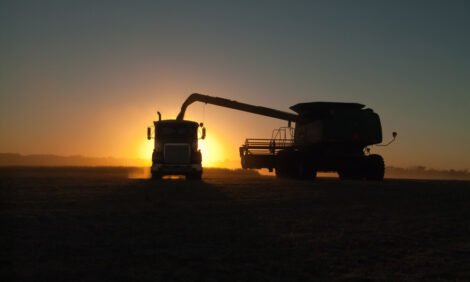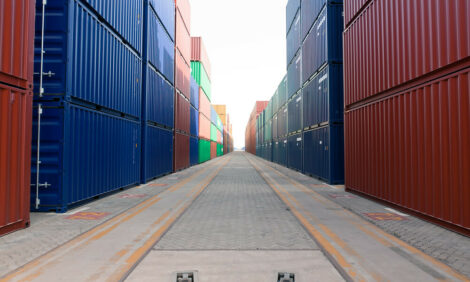



Farmers Need to Double Income to Break Even
UK - Market prices for Scotland’s hill suckler herds would need to be 2½ times the current rate if farm businesses are to make a sufficient return to cover all costs, reward unpaid family labour and leave a 5% return on working capital.According to new figures from Quality Meat Scotland market prices for hill sheep businesses would need to more than double.
The findings are included in a report following QMS’s annual benchmarking exercise for the Scottish red meat industry.
The publication, ‘Cattle and Sheep Enterprise Profitability in Scotland’, also shows that market prices for forage based cattle finishers would need to rise by 20% and for store lamb producers another 25%.
A full copy of the report is available to download from the QMS Website.
The report summarises the results of a survey of more than 220 businesses within the Scottish cattle and sheep industry and covers 36,000 ewes, 11,000 suckler cows, 5,000 store lambs and 2,360 prime cattle across a range of twelve different types of enterprise.
Although the beef sector saw the re-opening of exports during the year, which led to some improvement in producer prices for prime stock, the survey continues to show the difficulty in the present business environment of making a profit from livestock production.
Despite a small improvement in margins compared to 2005, only 4% of suckler herds achieved a positive net margin, compared to 3% last year, and none of the hill suckler herds achieved this milestone.
Author of the report, QMS Senior Business Analyst, Stuart Ashworth, said: “When allowance is made for a 5% return on working capital and payment for unpaid family labour, the average hill suckler herds would need a selling price 2½ times more than they received during 2006.
“Those finishing cattle faired a little better as the average 8% improvement in prime cattle price between 2005 and 2006 benefited them more directly, but still less than half those surveyed achieved a positive net margin.
“Equally, to break even after paying unpaid family labour and return on capital the average selling price would need to be 20% more than in 2006.”
A quarter of the ewe enterprises surveyed achieved a positive net margin, a slight improvement on the 20% that achieved this milestone in 2005.
However, poor prices in the second half of the 2006 lamb crop year put considerable pressure on store lamb finishers where only 7% of those surveyed achieved a positive net margin compared to 36% in 2005.
Stuart said: “Again the challenge of achieving sufficient margin to give a reward for capital invested and labour committed is highlighted by the average hill ewe flock needing an average sale price more than double 2006 levels and store lamb finishers a market price 25% higher to achieve the objective of a 5% return on working capital and industrial level salaries.
“The figures continue to highlight that without support payments the livestock industry is under severe financial pressure. The current climate only adds to the pressure that farmers are under due to the increasing input costs that have been seen during 2007. Higher levels of technical performance continue to assist farmers in Scotland in offering them the best possible opportunity for receiving a premium on their stock”
TheCattleSite News Desk


